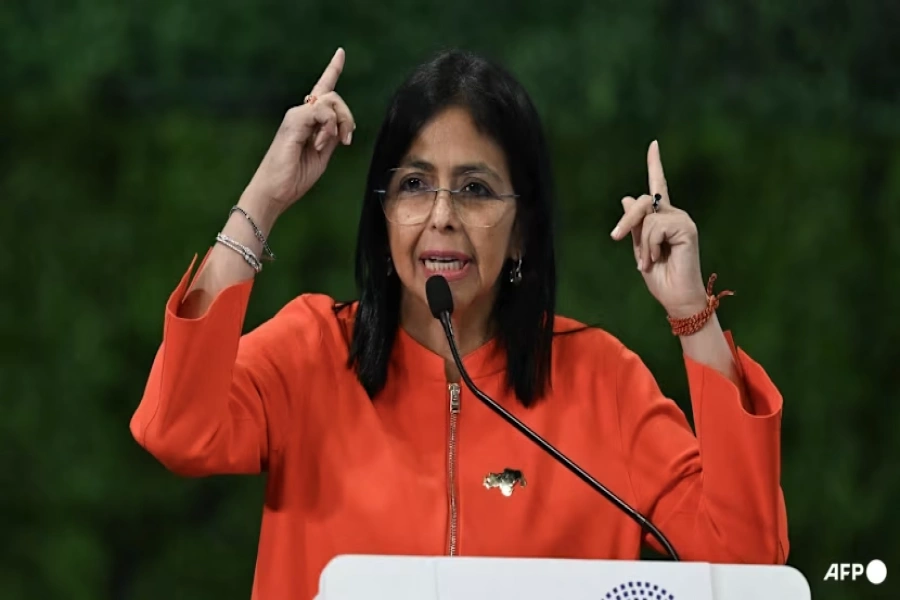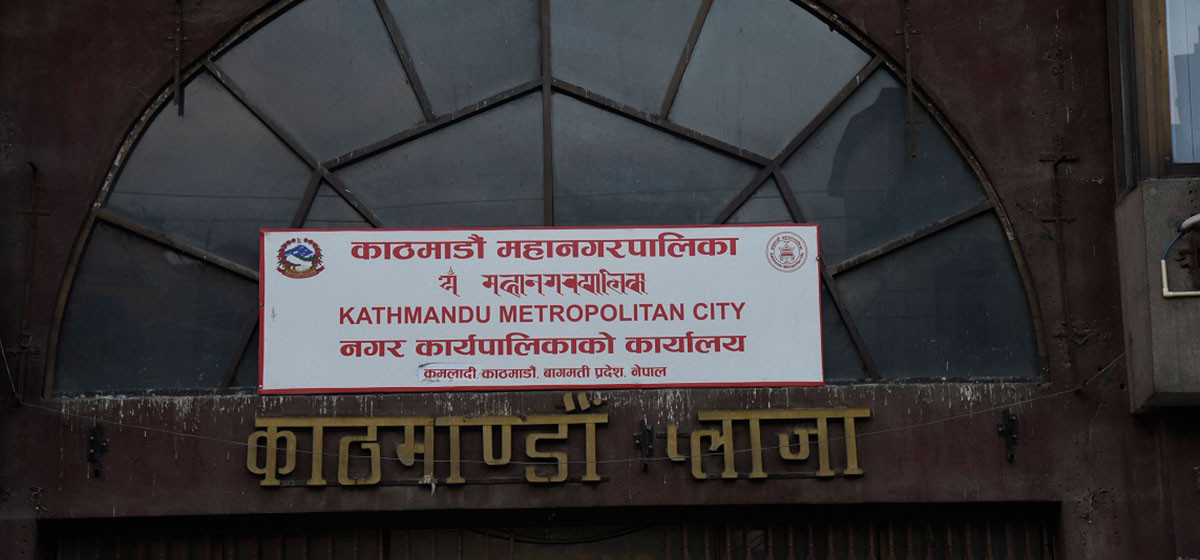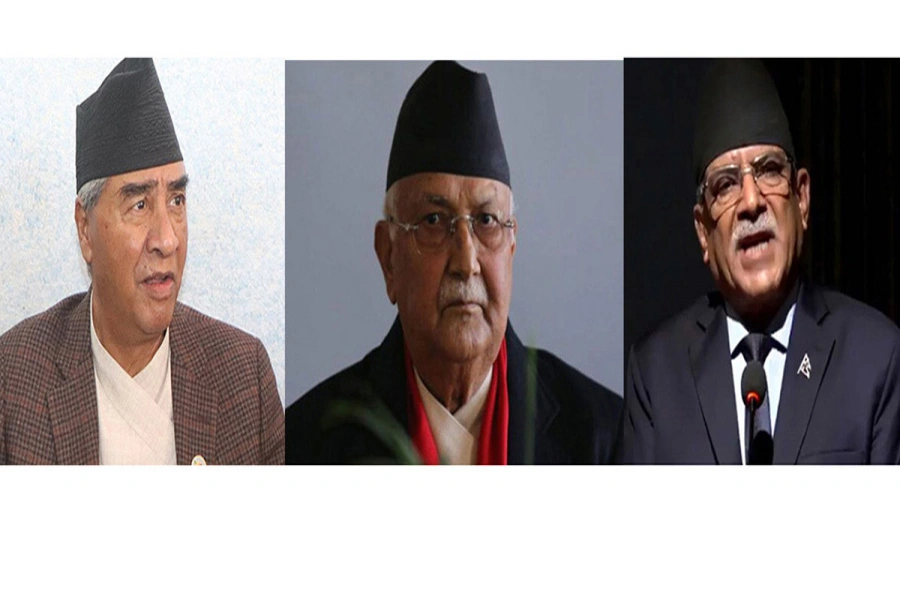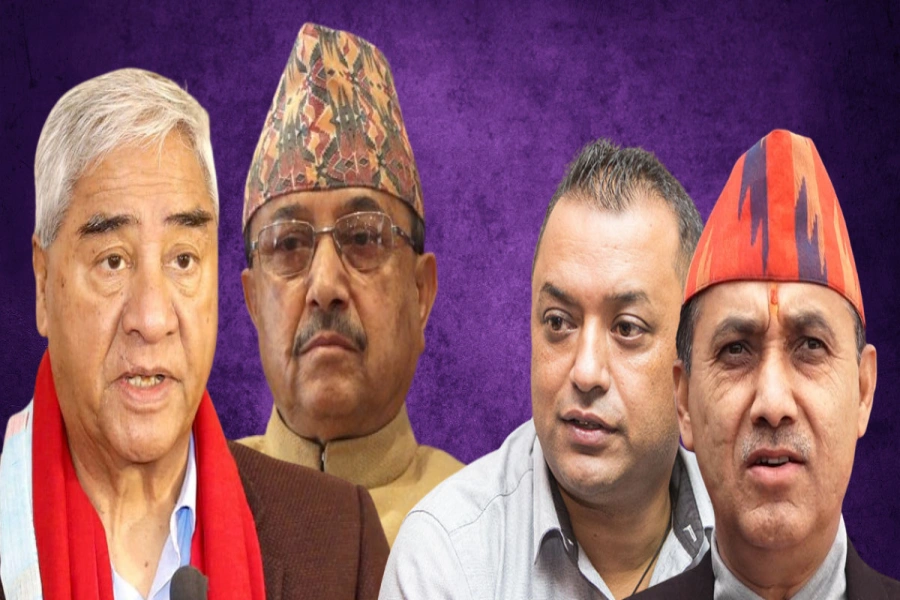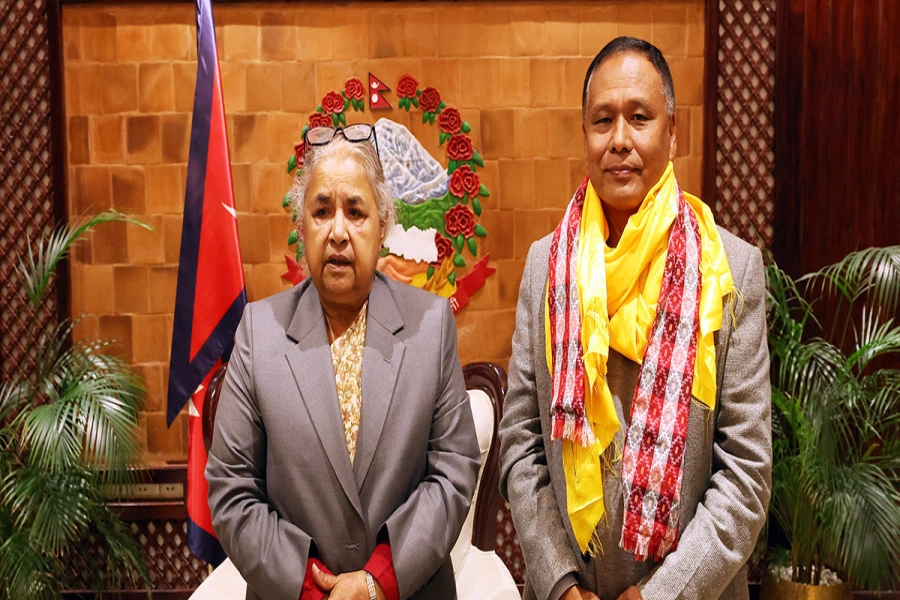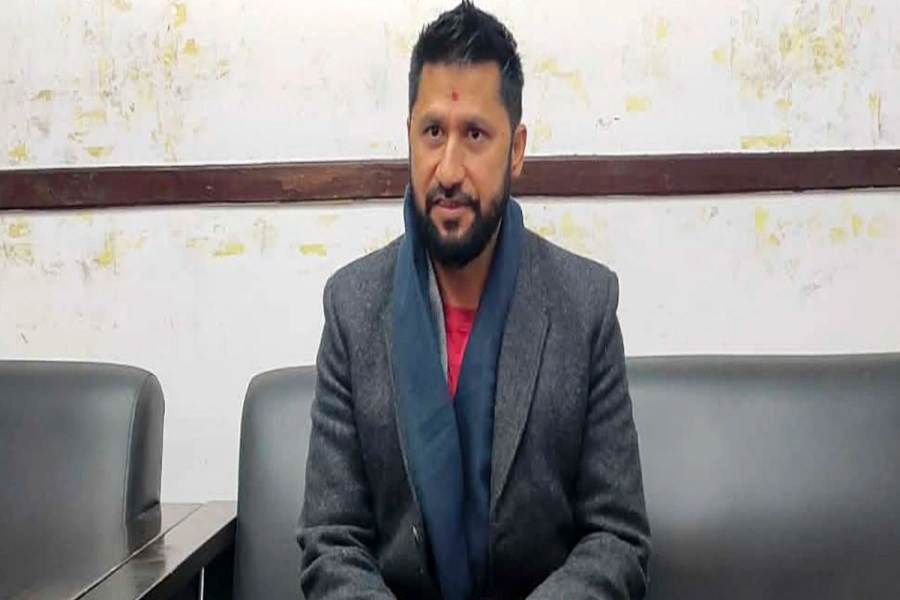Annual expenditure hits Rs 116 billion
KATHMANDU, Aug 5: Despite no significant increase in government revenue, social security allowances have surged nearly 11-fold over the past decade. This spike is largely attributed to political parties' efforts to gain popularity by boosting old-age allowances. As a result, the expenditure on social security has become unsustainable for the government.
In the fiscal year 2013/14, Rs 12.99 billion was allocated for social security allowances, rising to Rs 142 billion in FY 2023/24. The spending on social security allowances was Rs 10.9482 billion in FY 2013/14 and it increased to Rs 116 billion in FY 2022/23. According to the Ministry of Finance, social security allowance spending has grown 10.9 times over the past decade.
With the rise in social security expenses, including allowances, the government is struggling to manage its budget. The social security allowance program, initially launched by Finance Minister Bharat Mohan Adhikari during the UML-led government, was continued and expanded by the subsequent Maoist-led government. This competition to increase social security allowances has been paused for the past two fiscal years.
Social security allowance under scrutiny as financial burden in...

While the state is responsible for providing social security allowances to low-income seniors, some financially well-off individuals are also benefiting from this program. This includes Nepalis who receive pensions from countries like India and the UK, as well as those with permanent residency in countries such as the US. They, too, are receiving allowances and pensions from the Nepali government.
Former finance secretary Rameshwor Khanal said that the unhealthy competition among political parties to raise the social security allowances has led to unsustainable expenditures. Khanal said, "In the past, the constant increase in social security allowances every two years, driven by the desire to be popular, has significantly raised costs. Social security expenditure is now approaching a quarter of the government's revenue, and the state can no longer afford to carry this burden."
As the government’s revenue sources remain stagnant and the development budget constitutes to be only 18-20 percent of the total budget, social security allowances have absorbed a growing share. In the fiscal year 2013/14, social security expenditure was 2.51 percent of the total budget, which has now risen to 8.16 percent in 2023/24. The allocation for social security allowances increased from 3.30 percent in 2017/18, to 4.45 percent in 2018/19, 6.24 percent in 2019/20, 7.83 percent in 2020/21, and 7.35 percent in 2021/22.
The number of beneficiaries has also surged, with around 3.8 million citizens receiving social security allowances. Currently, the government provides Rs 4,000 per month to senior citizens aged 70 and above, Dalit senior citizens aged 60 and above, single women aged 60 and above, and widows in designated areas. For others, the allowance is Rs 2,660 per month.
The government provides various social security benefits: Rs 3,990 per month to the totally disabled, Rs 2,128 to the severely disabled, Rs 532 to children in designated areas, Rs 532 to Dalit children, and Rs 3,999 to endangered castes. For the year 2023/24, Rs 109 billion was allocated for social security allowances. Previously, old age allowances were given only to those aged 70 and above, but starting from 2022/23, the allowance was extended to citizens aged 68, increasing the financial burden.
Beyond social security allowances, the government allocates significant funds for other social security programs. In the current year 2024/25, the federal government has earmarked Rs 298.57 billion for social security, which constitutes about 15 percent of the total budget. This amount covers various expenses, including scholarships, rescue operations, relief and rehabilitation, medical treatments, pensions, disability benefits, gratuities, accumulated leave for retirees, medical care for retirees, and support for deceased employees.
While the state is burdened by the progress of the social security program, pensioners are also taking social security allowances. In Section 15 (c) of the Social Security Act, 2075, it is mentioned that 'persons who are regularly receiving wages, pensions, retirement benefits and other benefits' will not receive social security allowances, but some people are taking double benefits.
Social security allowance has been arranged for economically disadvantaged, disabled and helpless single women, disabled, children, people who cannot take care of themselves, and endangered caste citizens.
Some municipalities have also promoted social security programs at the local level for popularity.







